Last Update: 7 Jan 2022.
5.6.1 The site shall have documented SOP`s for the cleansing and disinfection of the lairage and staff shall be trained against it. As a minimum, the documented procedures shall detail the following requirements:
- methodology of cleansing to
- include disinfection
- frequency of cleansing
- cleaning chemicals to use
- chemical dilution rates
- contact times
- safe use and storage of cleaning chemicals
- review of cleaning standards
5.6.2 The lairage shall be fit for purpose, well maintained, with adequate lighting and ventilation and laid out in a manner that allows the easy movement of pigs without compromising animal welfare
5.6.3 All pigs shall be able to lie down in the lairage pen simultaneously.
5.6.4 The stocking density shall not exceed 235kg per square metre. Evidence of stocking density calculations are to be available.
5.6.5 The plan of lairage pens in square metres with allocated stocking numbers for day and night time holding shall be available in the lairage.
5.6.6 Pigs must be grouped appropriately to avoid fighting, bullying, injury or distress
5.6.7 While in the lairage, pigs shall have access to an adequate supply of fresh clean water always.
5.6.8 Daily checks shall be undertaken to ensure that there is an adequate supply of fresh clean water for pigs in the lairage always.
5.6.9 The site shall have a documented plan for contingency should there be an interruption in water supply
5.6.10 Facilities shall be in place for the showering (misting) of pigs within the lairage pen.
5.6.11 Documented procedures for the operation of the system shall be in place and consider any potential welfare implications aligned to the temperature of water and its usage during cold weather.
5.6.12 Daily checks shall be undertaken to monitor and record that the showering system is functioning satisfactory.
5.6.13 Pigs held for over 12 hours shall be given adequate farm assured feed in accordance with the relevant pig farm assurance standard.
5.6.14 Records of feeding shall be maintained and be traceable.
5.6.15 Standard operating procedures (SOP`s) shall be readily available that outline guidance on how to facilitate the movement of pigs within the lairage up to the point of stunning.
5.6.16 All staff handling or monitoring live pigs shall have a valid certificate of competency against these procedures. Training records shall be maintained.
5.6.17 Driving boards, paddles or mechanised moveable gates may be used to move pigs in the required direction.
5.6.18 Electric goads shall not be used by either site personnel or drivers.
Guidance
5.6.1 It is anticipated that the cleansing of pens between batches would be through use of hot water only given that there shall be animals remaining in the lairage, with a full chemical clean being carried out as a minimum weekly when the lairage is empty of livestock.
5.6.2 to 5.6.6 When calculating the stocking density of pens the site shall consider the size of the pigs to determine the maximum number in any one lairage pen. Lairage personnel shall be aware of stocking densities. Pigs from different farms should not be mixed.
5.6.10 to 5.6 12 Refer to the Guide to Good Practice – Welfare at Slaughter for further guidance.
5.6.16 Personnel shall be able to demonstrate good animal welfare practices.
Evidence
5.6.1 Review training records and copy of cleaning manual. Review examples of hygiene and lairage staff training records.
5.6.2 to 5.6.6 Review lairage plan, Calculations of stocking densities. Visual inspection of pigs in pens and perceived stocking densities.
5.6.7 to 5.6.9 Daily documented checks of water supply. Visual inspection of facilities. Contingency plan.
5.6.10 to 5.6 12 Daily documented checks of showering system. Visual inspection of facilities.
5.6.13 Review of farm assurance certificate of assurance for pig feed, feeding records and delivery notes of feed delivered to the site.5.6.16 Procedures aligned to animal welfare. Training records for staff, and wall notices/work instructions detailing the pig handling requirements Visual inspection of animal handling.

